In today's world, people have become more sedentary than ever before, and it is leading to numerous health problems, including obesity, diabetes, and heart disease. It is a fact that physical activity is essential for maintaining good health, but for many people, exercising is boring and monotonous. Gamification has emerged as an innovative way to make exercising more fun and engaging. In this article, we will explore how gamification can help you get fit and achieve your fitness goals.
What is gamification?
Gamification is the application of game mechanics, such as points, badges, levels, and leaderboards, to non-game contexts to engage people and motivate them to perform certain behaviors. Gamification is widely used in marketing, education, and healthcare to enhance user engagement and drive desired outcomes.
How does gamification help in fitness?
Gamification can help in fitness in several ways:
1. Encourages Consistency
One of the biggest challenges of exercising regularly is staying motivated. Gamification can provide the necessary motivation by rewarding users for their efforts and encouraging them to achieve their fitness goals. For example, an app that rewards users with badges or points for completing daily workout challenges can make exercising more fun and engaging.
2. Increases Social Interaction
Gamification can also increase social interaction among fitness enthusiasts. Fitness challenges and leaderboards can encourage users to compete with their friends, share their progress, and receive support from their peers. This social interaction can provide the necessary encouragement to keep going.
3. Provides Personalized Workouts
Gamification can provide personalized workouts tailored to the user's fitness level, preferences, and goals. For example, an app that uses gamification can recommend exercises based on the user's body type, fitness level, and workout history.
4. Makes Exercising Fun
Gamification can make exercising fun by turning it into a game. For example, an app that uses gamification can challenge users to complete a certain number of steps or calories burned in a day and reward them with points or prizes. This gamification approach can turn exercising into a fun and enjoyable activity.
Examples of gamification in fitness
There are many examples of gamification in fitness, including:
1. Zombies, Run!
Zombies, Run! is a popular running app that turns running into a zombie survival game. The app uses audio cues to simulate a zombie apocalypse and encourages users to run faster to escape the zombies. Users can collect supplies and build their virtual base as they progress in the game.
2. Fitbit
Fitbit is a fitness tracker that uses gamification to motivate users to stay active. The app rewards users with badges for achieving their daily goals, such as steps taken, calories burned, and active minutes. Fitbit also has a social feature that allows users to compete with their friends and share their progress.
3. Nike Run Club
Nike Run Club is a running app that uses gamification to make running more fun and engaging. The app provides personalized coaching, tracks progress, and rewards users with badges and trophies for achieving their goals. Nike Run Club also has a social feature that allows users to share their runs with their friends and receive encouragement.
4. Boardgains
Boardgains is a fitness board game that combines exercise with friendly competition. Players roll dice and move their game pieces around the board, landing on different exercises.
Conclusion
Gamification has emerged as a promising approach to make exercising more fun and engaging. By using game mechanics, such as points, badges, and leaderboards, gamification can provide the necessary motivation to achieve fitness goals. Gamification can also increase social interaction among fitness enthusiasts, provide personalized workouts, and make exercising fun. With the rise of fitness apps and wearables, gamification is expected to become more prevalent in the fitness industry.
FAQs
-
Is gamification suitable for all types of exercises?
Gamification can be applied to almost any type of exercise, from running and cycling to weightlifting and yoga. The key is to make the exercise fun and engaging by incorporating game mechanics.
-
Can gamification replace traditional exercise methods?
Gamification should not be seen as a replacement for traditional exercise methods, but rather as a supplement. Traditional exercise methods, such as weightlifting and cardio, are still essential for building strength and endurance. Gamification can make exercising more enjoyable and help users stay motivated.
-
Are gamification apps effective in achieving fitness goals?
Gamification apps can be effective in achieving fitness goals if used correctly. It is essential to set realistic goals and track progress regularly. Gamification apps can provide the necessary motivation and encouragement to help users stay on track.
-
Are there any downsides to gamification in fitness?
One potential downside of gamification in fitness is that it can create a dependence on rewards and prizes. Users may become less motivated to exercise if they do not receive rewards. It is also important to remember that gamification should not be seen as a replacement for professional guidance from a fitness trainer or healthcare provider.
-
What are some tips for using gamification to get fit?
To use gamification effectively, it is essential to choose an app or program that aligns with your fitness goals and preferences. Set realistic goals and track progress regularly. Use social features to connect with other fitness enthusiasts and receive support. Finally, remember to have fun and enjoy the process of getting fit.

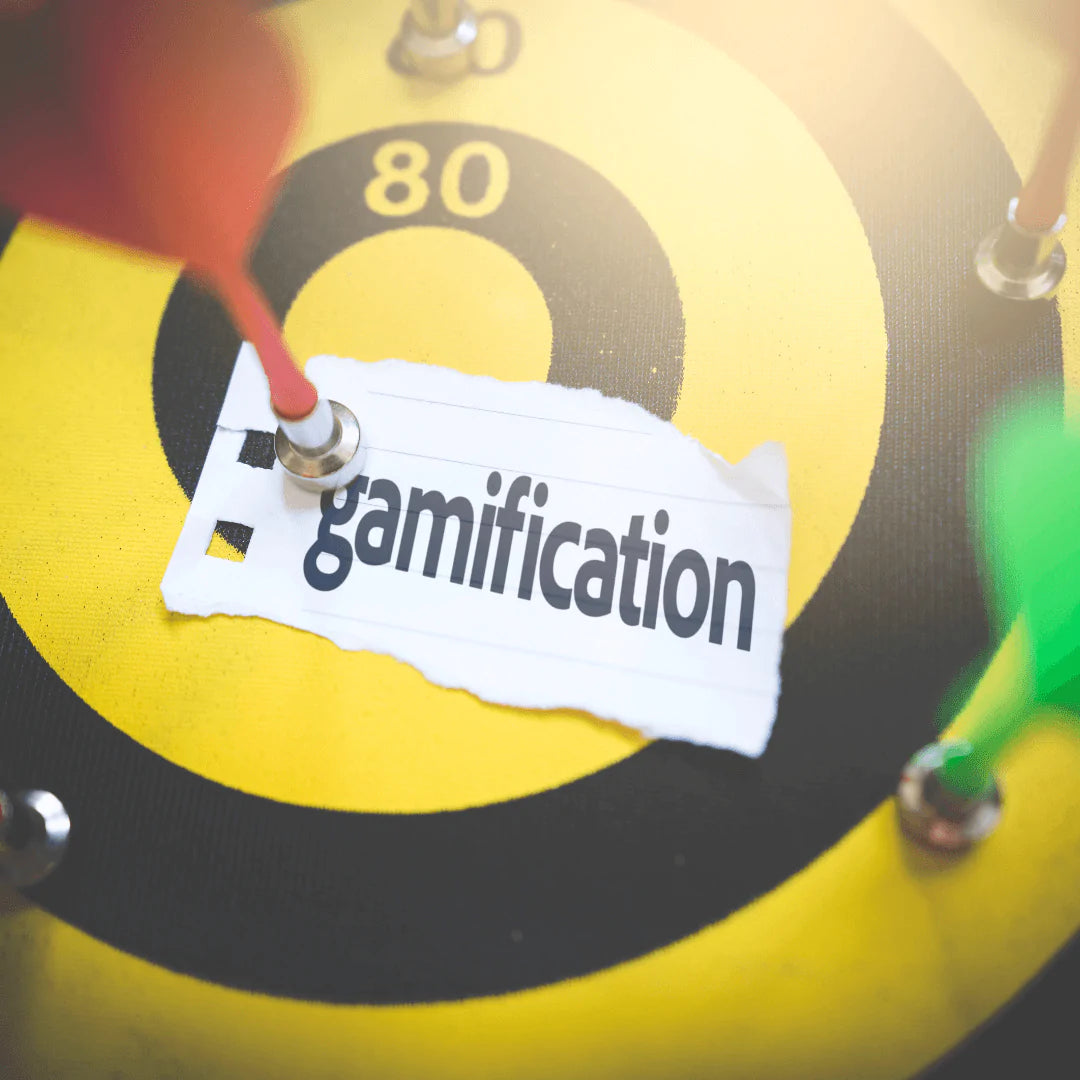
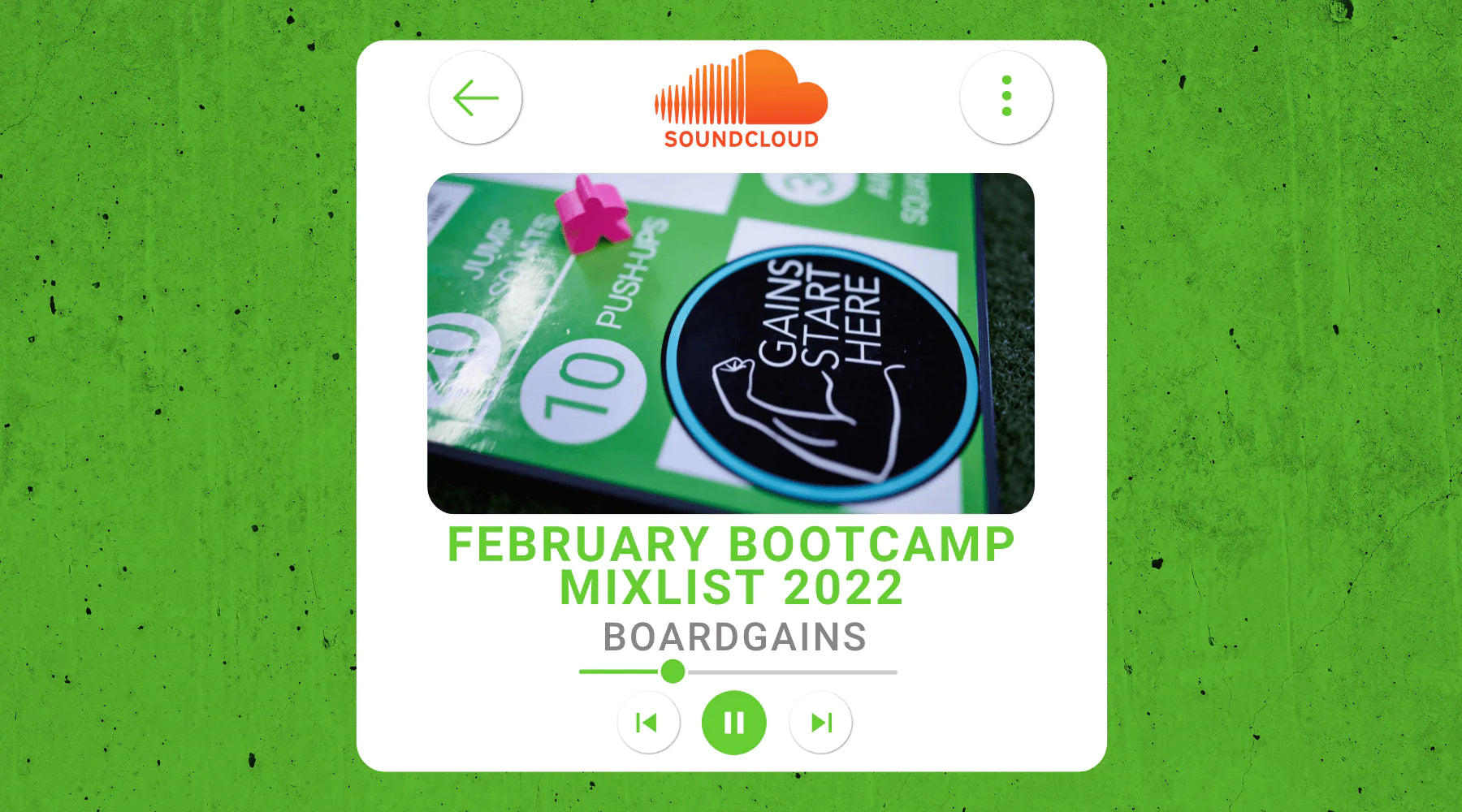
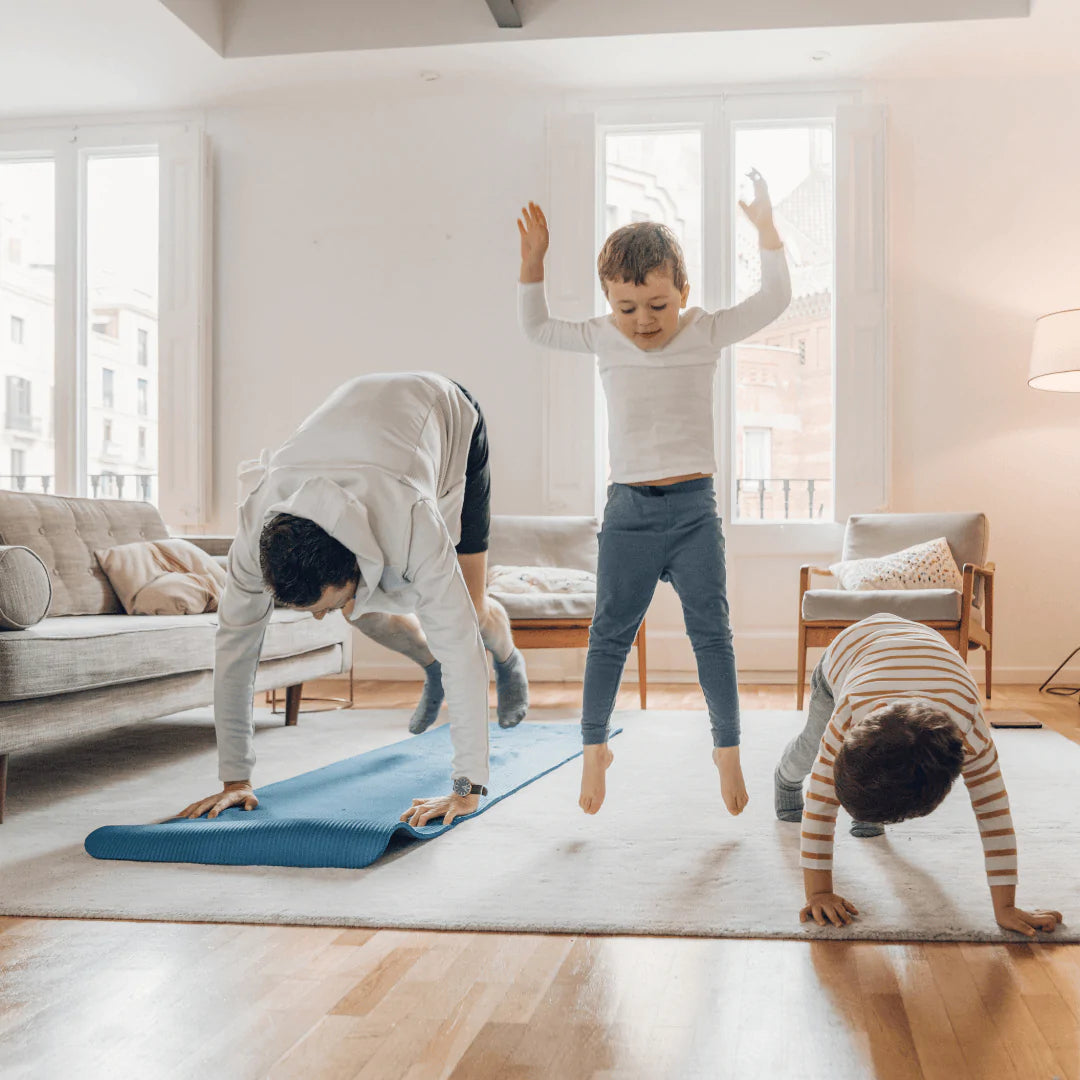
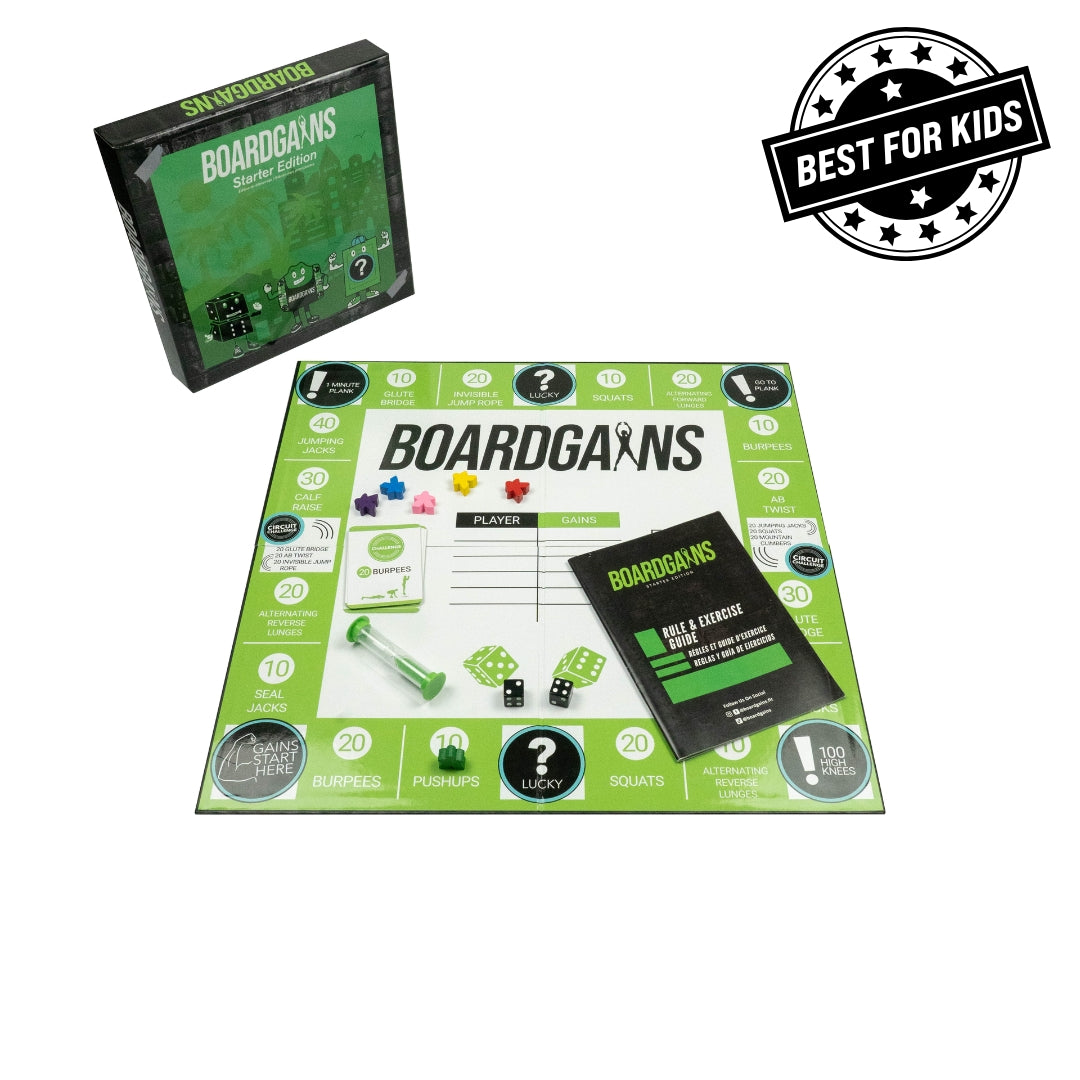
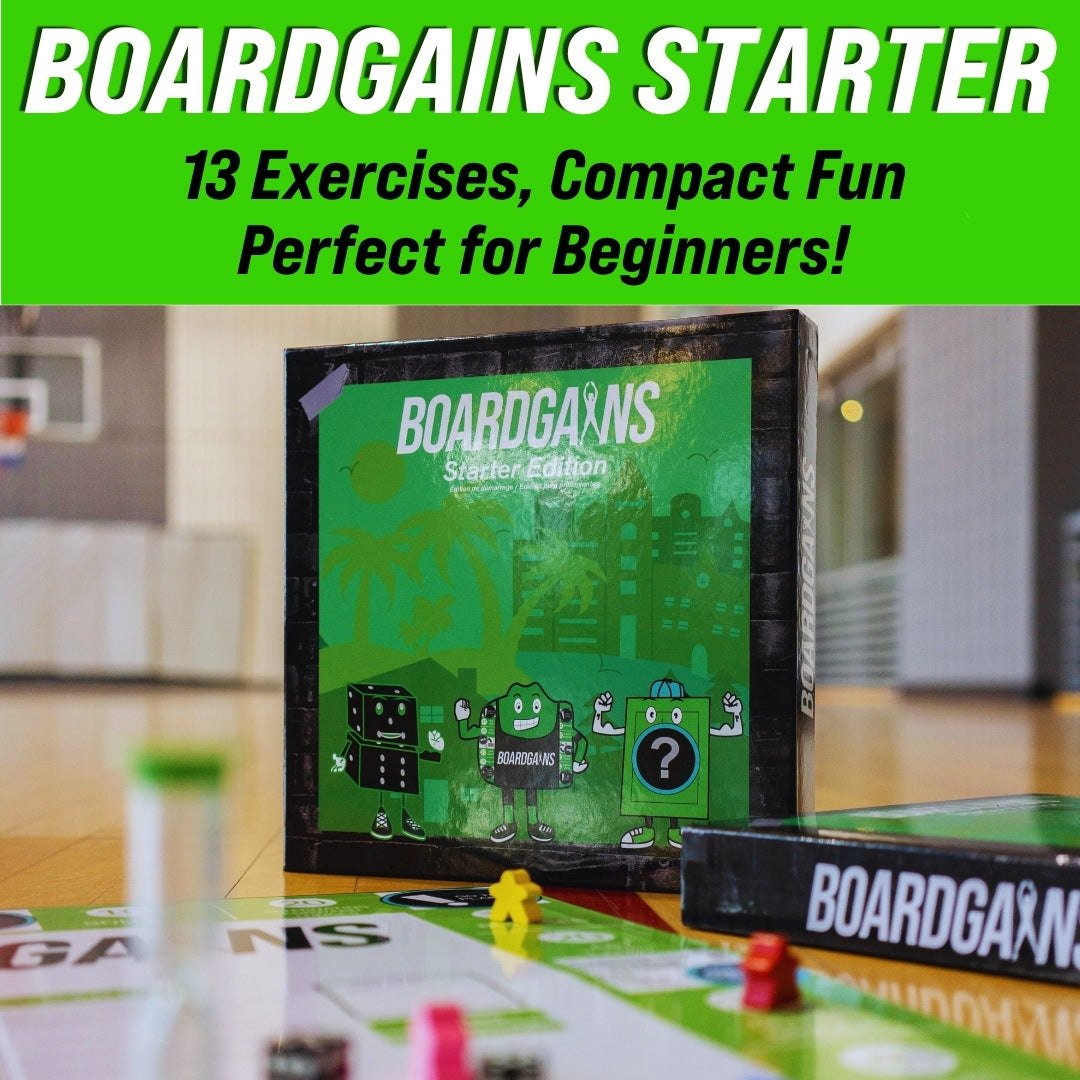
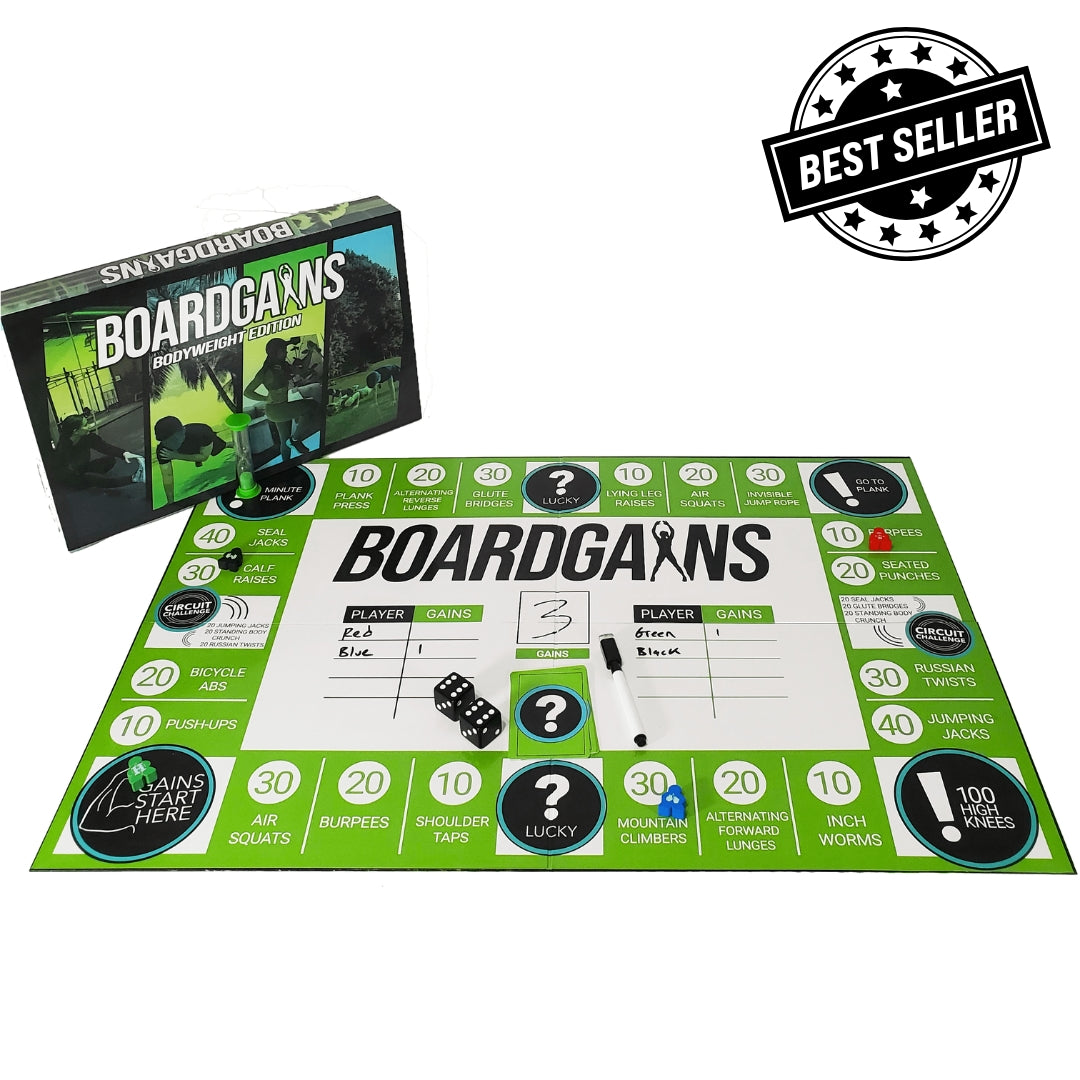
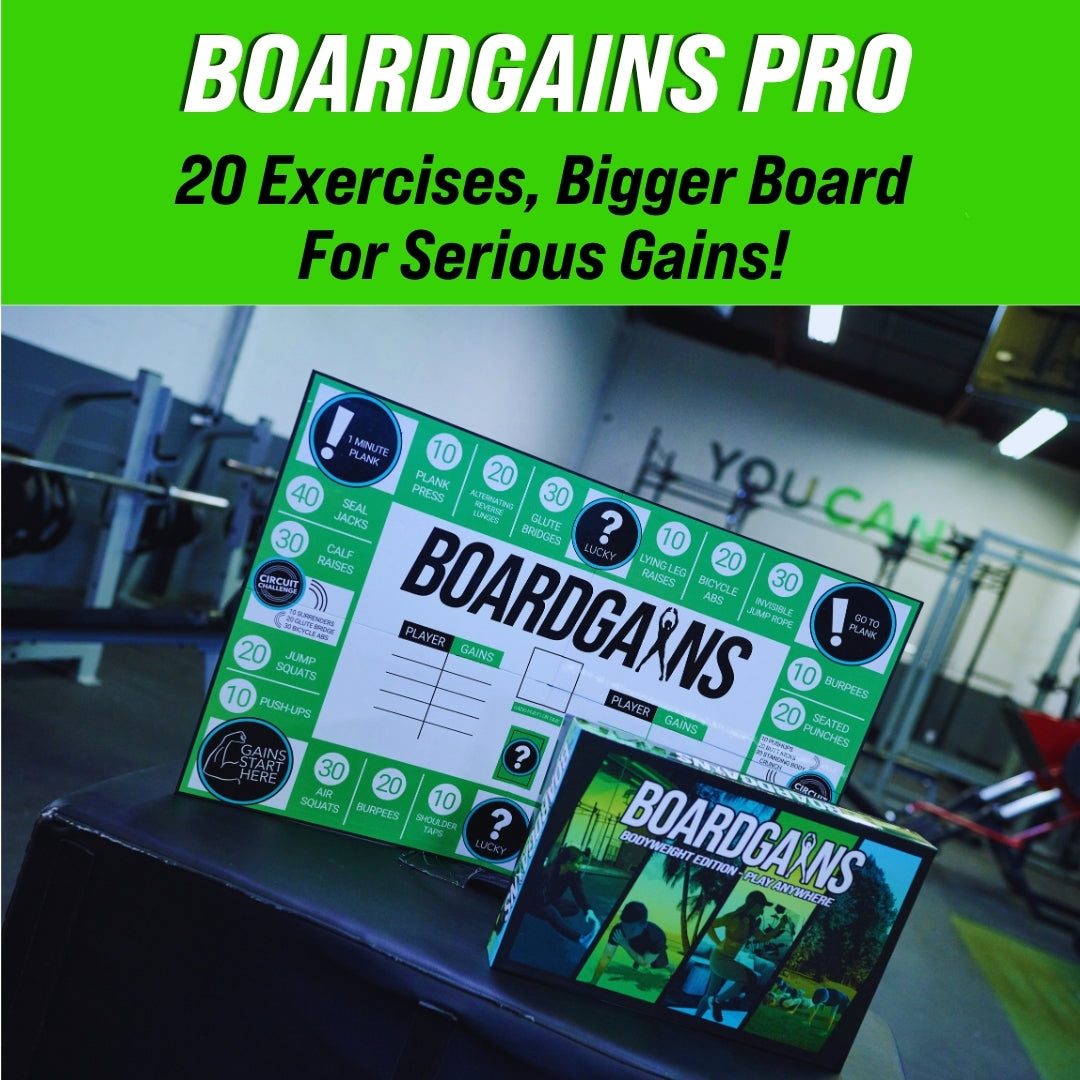
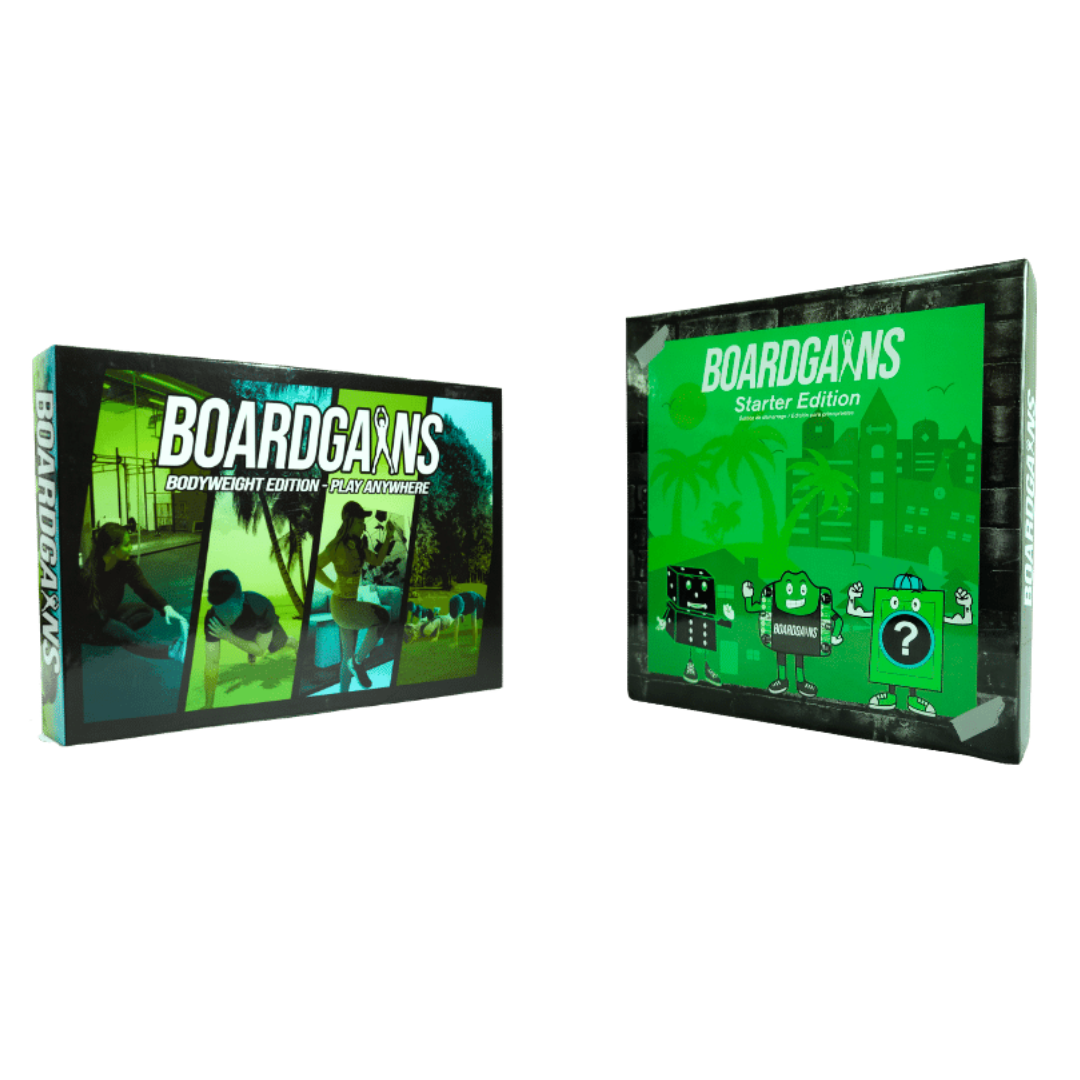
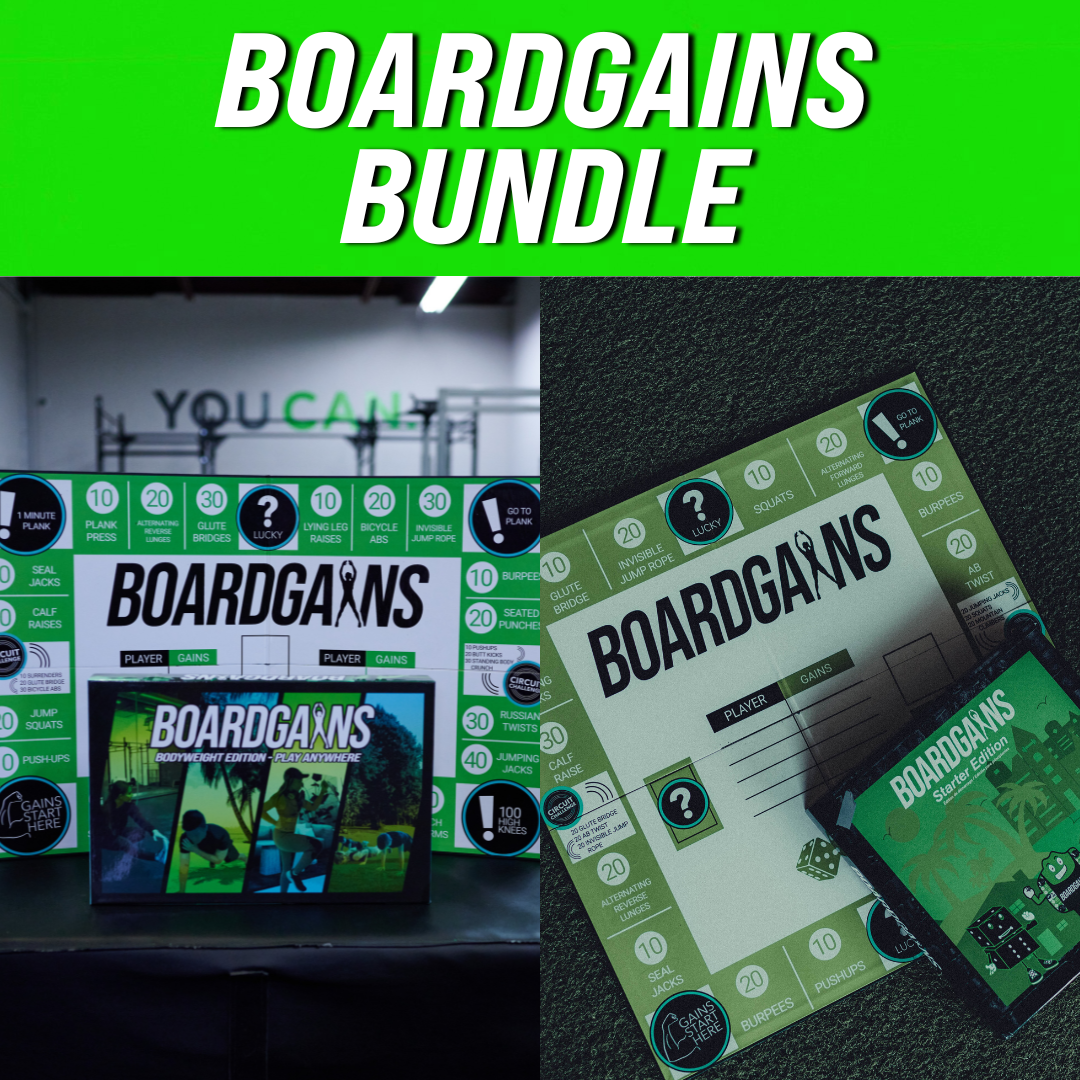
Leave a comment
This site is protected by hCaptcha and the hCaptcha Privacy Policy and Terms of Service apply.